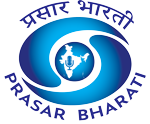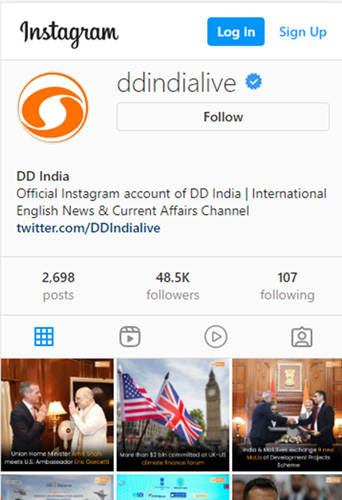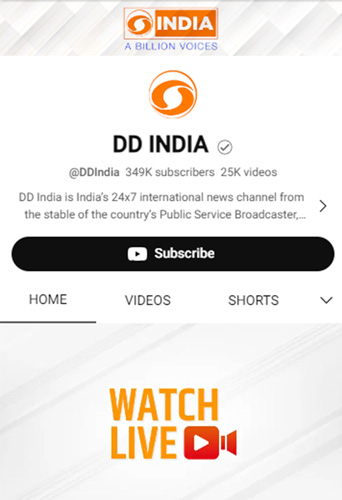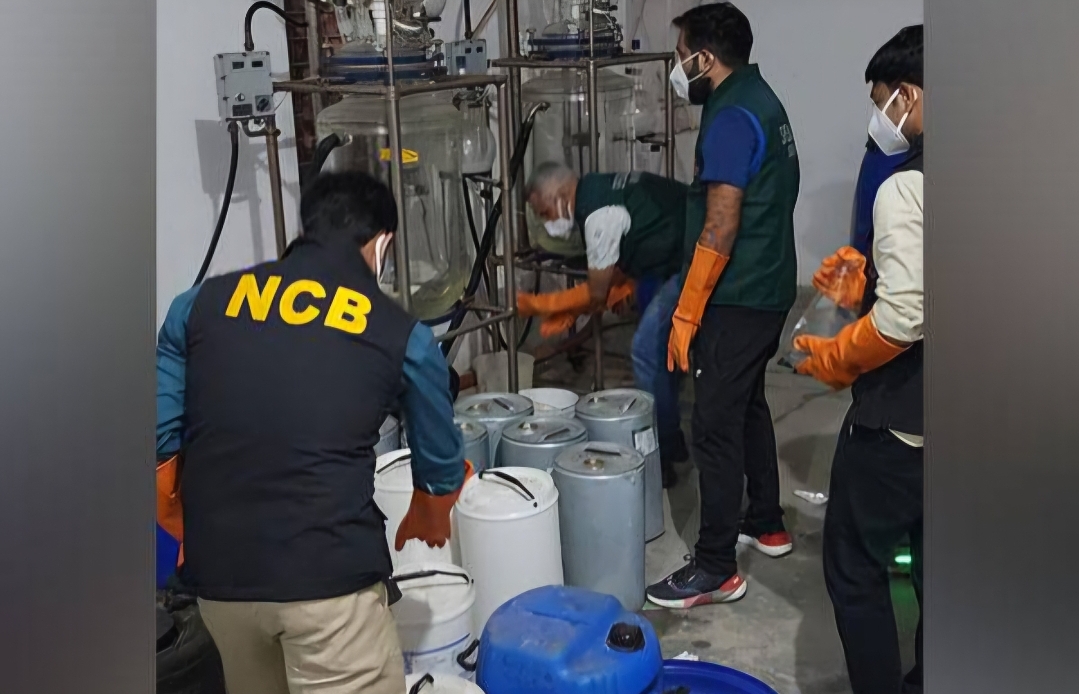India has ramped up its fight against drug trafficking and abuse, adopting a zero-tolerance policy backed by structural, institutional, and community-driven reforms. In 2024 alone, Indian law enforcement agencies seized narcotics worth ₹25,330 crore—a 55% jump from the previous year—indicating an aggressive nationwide crackdown on drug networks.
At the forefront of this effort is the Narcotics Control Bureau (NCB), which has expanded its reach with 30 zonal offices, seven regional offices, and a growing force of 1,496 personnel. Equipped with Nar-K9 detection units and high-level coordination through the Narco-Coordination Centre (NCORD), the NCB is targeting synthetic drugs such as methamphetamine, cocaine, mephedrone, and hashish—substances that severely impact mental and physical health.
Key breakthroughs in 2024 included a major joint operation involving the Indian Navy, NCB, and Gujarat Police that resulted in the seizure of over 3,100 kilograms of drugs from an offshore location. Separate raids led to the confiscation of more than 700 kilograms of methamphetamine and 82.5 kilograms of high-grade cocaine. The Ministry of Home Affairs (MHA) also oversaw the destruction of over 1.17 lakh kilograms of narcotics as part of its intensified operations.
The government’s “whole-of-government approach” involves agencies such as the BSF, Indian Coast Guard, Assam Rifles, and RPF, alongside dedicated Anti-Narcotics Task Forces in every state. Inter-agency collaborations now extend to cybercrime units tackling drug trafficking via the darknet and cryptocurrencies.
On the rehabilitation front, the Nasha Mukt Bharat Abhiyaan (NMBA)—launched in 2020—has sensitised over 16.5 crore citizens and supported more than 27.7 lakh individuals through free treatment across 730 centres. The NMBA’s mobile app, helpline (14446), and volunteer programs ensure citizen involvement at the grassroots level.
Complementing this is the National Action Plan for Drug Demand Reduction (NAPDDR), which funds 342 Integrated Rehabilitation Centres, 74 drop-in centres, 83 hospital treatment facilities, and outreach efforts targeting children under 18.
India’s anti-drug strategy is no longer limited to enforcement—it’s a people-led movement blending legal action, community participation, and public health to build a drug-free, empowered nation.










